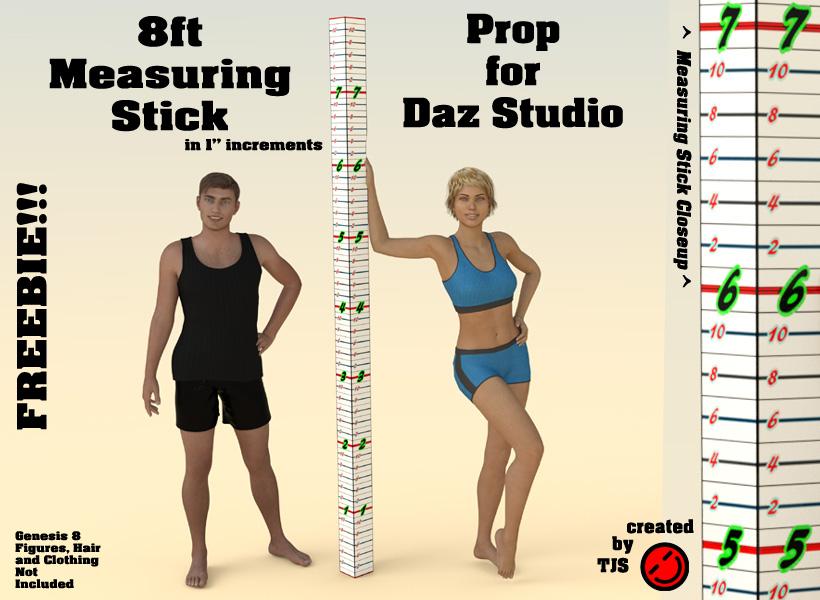

You can see already that the concept of scale is a fluid one – everything is relative to everything else. The P4 man is six feet three-and-a-quarter inches tall by that scale, which is not unreasonable. Geep, because it makes mental arithmetic easier when modelling in native units – I used it in my early props. An alternative scale of 1 PNU = 100 inches was popularised by Renderosity member Dr. The 1 PNU = 96 inches scale makes the Poser 4 man just over six feet tall, and this was adopted by many modellers. So the Poser community invented their own scale factors. Of course, people still wanted to build props, and of course they wanted them to look "right" when seen next to the human figures that were included with the program. The dial settings were just arbitrary numbers, and until Poser 5 was released there was no option to set them to real-world units. The reason for all this is that originally, Poser had no scale stated. 1 PNU = 8 feet 4 inches (or 100 inches).And the nominees for the scale factor are: The numbers in the OBJ geometry files (and also to be found in embedded geometry inside prop files and the like) are referred to as Poser Native Units, or PNU for short. Fights occasionally break out on the forums as their proponents argue for their chosen scale. Poser actually has at least three scale factors vying for supremacy. We need a scale factor to relate these numbers to feet and inches, metres, or whatever.

When we see an X coordinate of -0.009852, as we do on the first two lines here, what distance actually is that? We can say that it’s to the left of the origin, because of the minus sign, but how far left? The diameter of a hydrogen nucleus? Three and a half cubits? The best part of a lightyear? It could be literally anything. Later on in the file, these vertices are used to define a surface and hence the model – but the concept of scale starts right here. Open one up in a text editor, and you’ll find long lists of numbers, like this:Īpart from the letter v, which simply says that these are vertex coordinates, the three numbers in each row are respectively the X, Y and Z coordinates for a single vertex, defining a position in 3D space. That’s what you’ll find in all those files in the Geometries folder. Poser uses the Wavefront OBJ format to define geometry. It’s up to the program that handles them to impose a correspondence between these numbers and real-world units of measurement. The files which define their X, Y and Z coordinates contain only numbers. Unlike physical objects, computer models have no intrinsic size. So, what is all this scale stuff, anyway? He is on record as stating that “Anything made by me can be redistributed freely … I hereby grant permission to reproduce my tutorials and artwork at other locations, as long as you identify me as the author.” So, thank you Bob and here it is. This is a re-publication of Morphography’s useful-but-vanished old page on Poser units and scale, researched and written by ‘English Bob’.


 0 kommentar(er)
0 kommentar(er)
